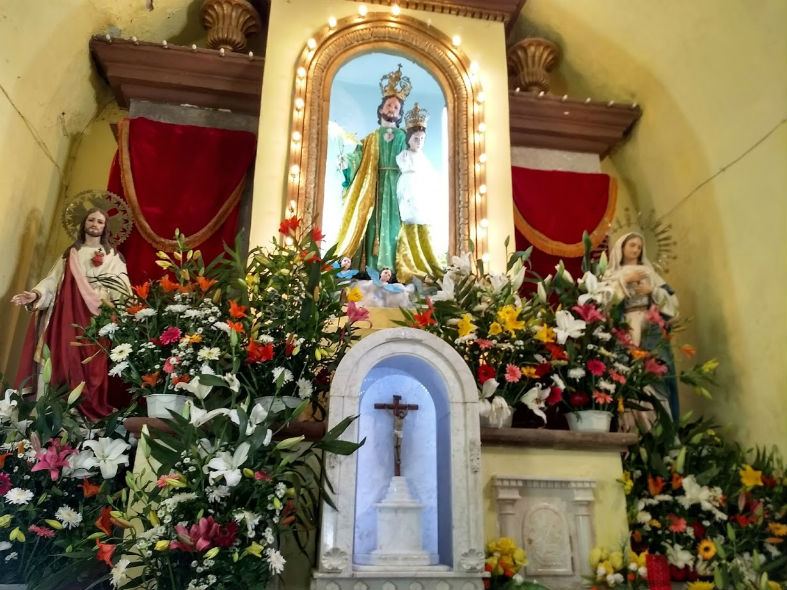Back in 1793 when the chapel to St. Joseph of the Mountain was built the Inquisition was in full swing and freedom from Spain was still in the future. Then the area that is now next to Balcones was considered a remote mountain top overlooking town.
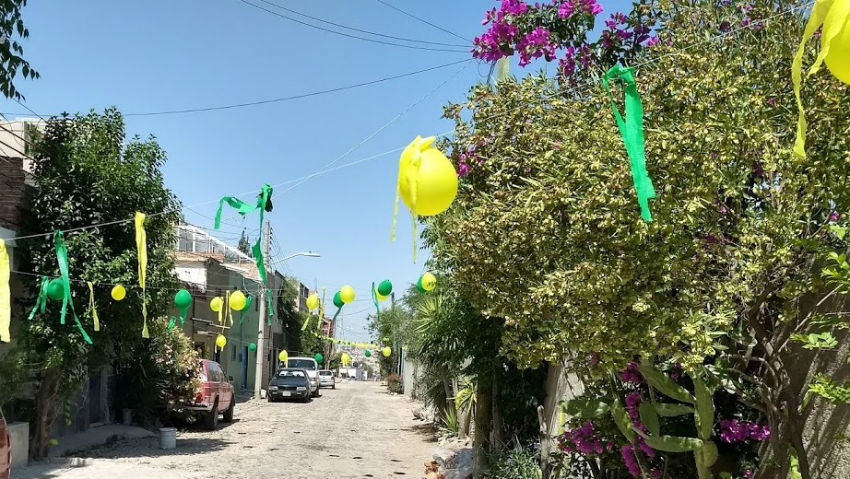
The indigenous Toltecs had believed every mountain had its own deity, so building a chapel on one for the most powerful saint and a patron to the town of San Miguel was natural. Back then the area looked like the Botanical Gardens do today, with a wide variety of cactus and little else.
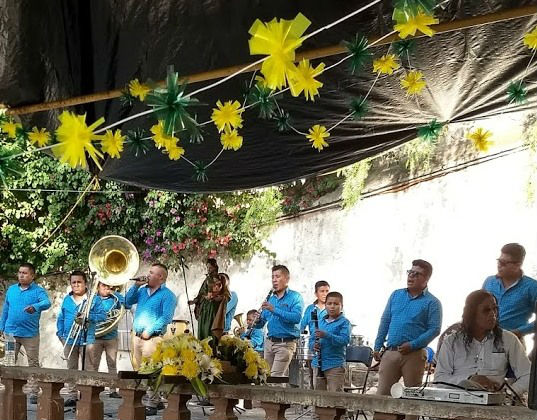
The chapel was built on the Silver Route, the major North-South trail in the Americas taking the silver to Spain and bringing back religious art, letters from Europe and luxuries like cast iron beds. The wagon trains would stop at the chapel to Saint Joseph and pray for a successful voyage to Alcocer (behind today’s mall). In Alcocer mules were traded out at the local hacienda before the caravan continued on towards Mexico City.
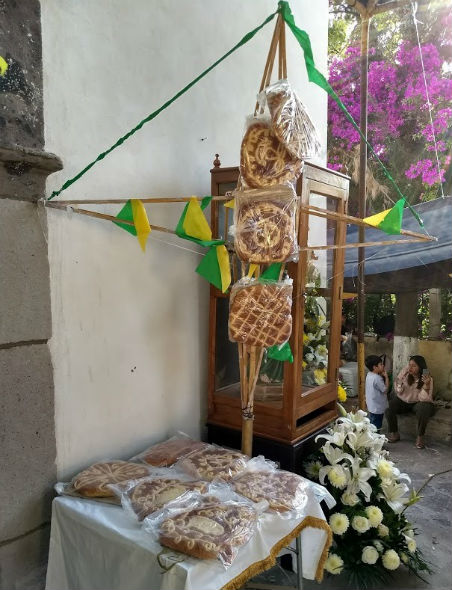
St. Joseph is the most powerful saint being the only saint revered enough to warrant two feast days. March nineteenth for St. Joseph as a family man and May first for St. Joseph the worker, today celebrated as Labor Day in many countries.
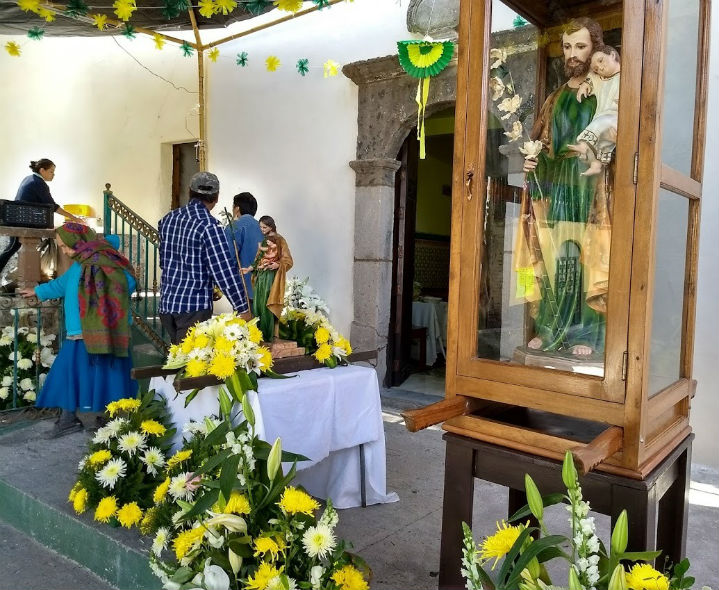
Many baby boys are traditionally named Jose (Joseph). They often go by their middle names, or the nickname, Pepe. Pepe is an abbreviation for the two words in Spanish for adopted father, which is what St. Joseph was for Jesus.
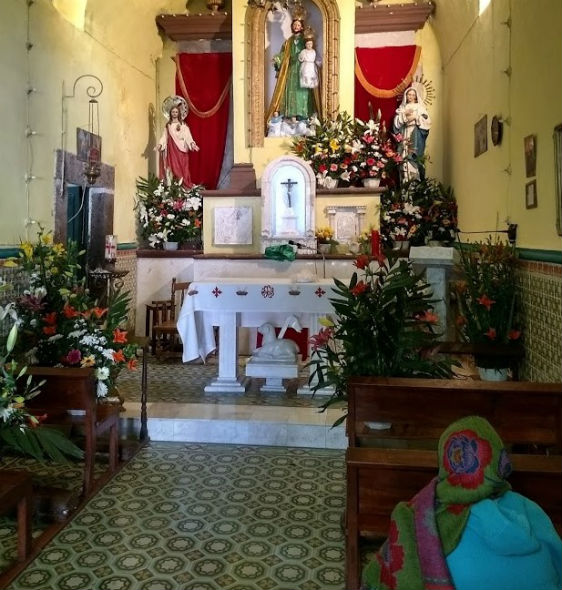
Jose is also the name for the local rag doll the indigenous have made for centuries to pair alongside the Mexican Maria (Mary) dolls.
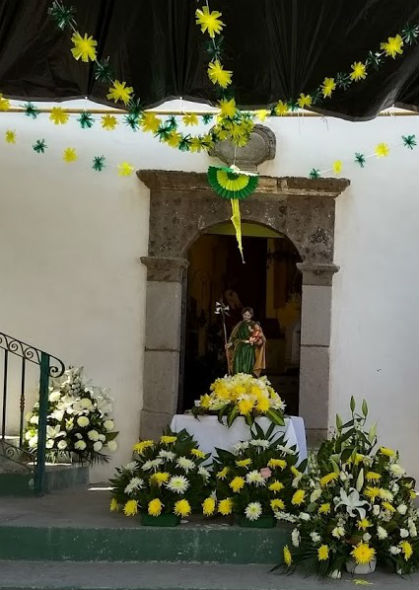
The following week the chapel in Obraje had their St. Joseph celebrations, leading a procession towards where the new hotel is, Live Agua. Back before the chapel to St. Joseph on the Mountain was built, this was where the big celebration to St. Joseph was.
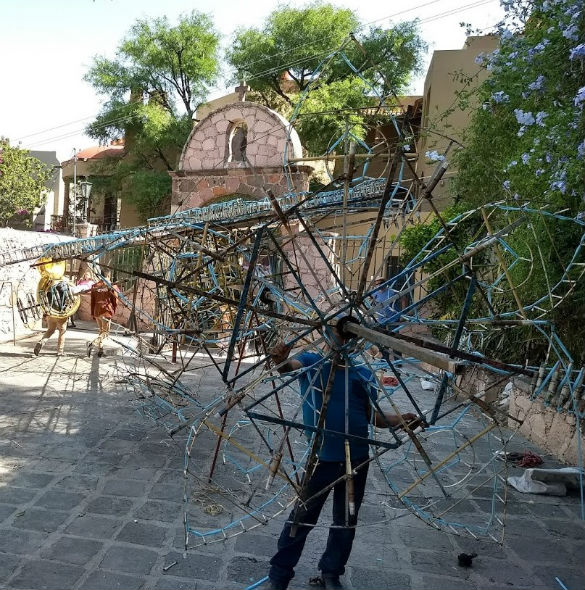
Then, the street featured folks from the countryside carrying St. Joseph statues from their local chapel’s nativity, coming to enjoy days of storytelling and dance. Back then chickens were buried up to their necks in the street and riders on horseback would gallop by and try to scoop them up. Back then, the chapel, on the zig-zag corner by the bridge, featured a hand-carved statue of St. Joseph that was the center of festivities. It was destroyed during the 1920’s Catholic war.
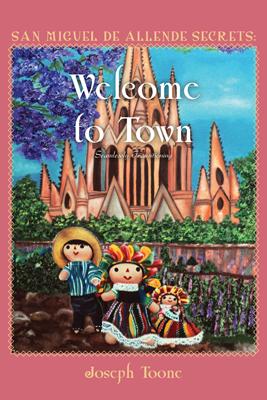
Instead of chickens and storytelling today’s processions feature indigenous dancing, mojigangas (large paper-mache puppets), music and many locos.
The mojigangas have their own procession through Azteca on Saturday, March 21st at 8:30 PM while on Sunday, March 22nd, the chapel, St. Joseph on the Mountain, features day-long fireworks, music, dancing and food.
By Joseph (not the saint) Toone.
- TripAdvisor’s top tour guide in San Miguel de Allende with History and Culture Walking Tours and Joseph Toone Tours.
- Amazon’s best selling author of the San Miguel de Allende’s Secrets book series on history, holidays, tours and living in San Miguel.

